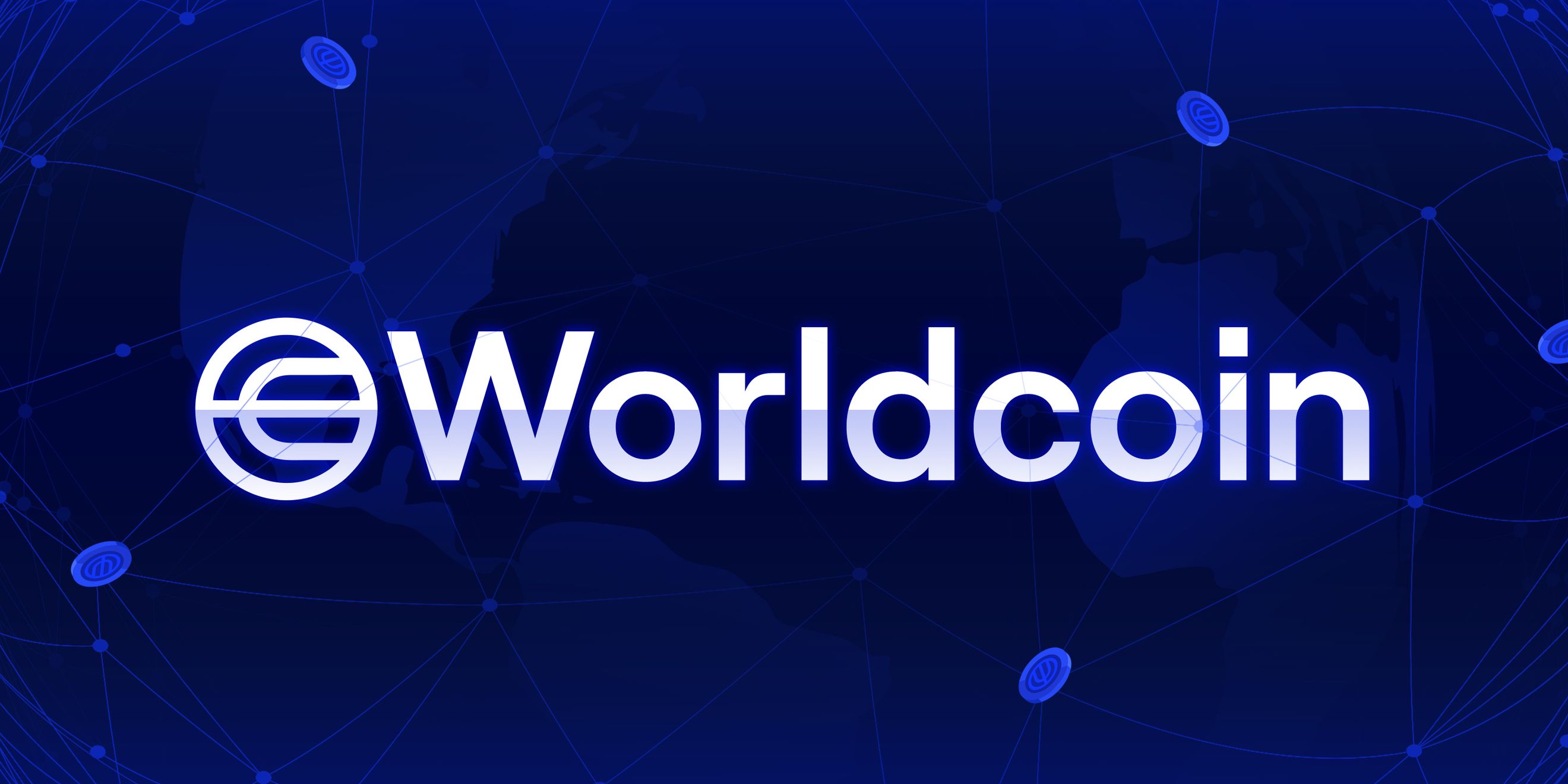
Worldcoin(WLD): Undertsanding The Whitepaper
Whether we like it or not, we're in the AI age, and you either join the ride or drop off. Therefore, the need to scale a reliable solution for distinguishing humans from AI online in almost all industry sectors has suddenly become a problem. Sam Altman, CEO of ChatGPT-maker OpenAI, decided to form WorldCoin with the objective of increasing economic opportunity, scaling a reliable solution for distinguishing humans from AI online while preserving privacy, enabling global democratic processes, and showing a potential path to AI-funded UBI.
The startup Worldcoin (WLD), dubbed audacious by some critics, has started the full rollout of its identity technology and tokens worldwide. Users have the option to download World App, the innovative startup's protocol-compatible wallet software, and then head to an Orb, a unique helmet-shaped eyeball-scanning verification device, to obtain their World ID or buy from a trusted exchange company.
While going through the whitepaper, I struck on the formulae WorldCoin is trying to use to gain worldwide acceptance. Upon launch, the circulating supply of WLD tokens was limited to 143 million, as stated in the whitepaper. The document acknowledges that this quantity might be considered "relatively low" when compared to other projects with 10 billion tokens. However, the reasoning behind this decision is to foster a vast network of human users, aligning with the goal of broad accessibility.
Of the circulating supply, 43 million tokens were reserved for early users, while the remaining 100 million were loaned to five market makers outside the US. These loans have a fixed duration of three months and grant market makers the choice to either purchase WLD tokens or return the loan. Based on a formula outlined in the whitepaper, market makers have the option to buy WLD tokens at a price of $2.80 if they opt not to return any of the WLD tokens they borrowed. It's crucial to note that this calculation assumes an even distribution of the 100 million tokens among the market makers. The arrangement is designed to effectively manage the market for WLD tokens, fostering competition among market makers based on their individual strategies. This approach is anticipated to benefit the overall growth and success of WLD in the marketplace.
But it's another ball game entirely for the WLD community with the tokens. This is what makes the coin an audacious effort; according to the whitepaper , it explicitly states this concerning its token, "While network effects will ultimately come from useful applications being built on top of the financial and identity infrastructure, the token is issued to all network participants to align their incentives around the growth of the network. This is especially important early on to bootstrap the network and bypass the "cold start problem". This could lead the Worldcoin token (WLD) to become the widest distributed digital asset."
This means that as the Worldcoin project progresses, 75% of the WLD tokens will be gradually distributed among members of the vibrant Worldcoin community. Meanwhile, the remaining 25% will be divided among the protocol's initial development team, dedicated investors, and a reserve of 170 million WLD tokens. This allocation strategy aims to ensure fair and inclusive participation while securing resources for future growth and development. One of the critical figures on token allocation noted that WLD's allocated supply for community members is "laudable." Still, its low circulating supply, mainly in loans, makes it hard to gauge the community's reaction.
For over three years, Worldcoin has diligently worked behind the scenes, silently enlisting individuals from various countries, including India, offering them 25 Worldcoin tokens upon onboarding. While Worldcoin is still holding on to 20% of its tokens since its launch on Monday, the maximum circulating supply of the token, which is ERC-20 network-based, is at 143 million.
Credit: TechCrunch.
Nonetheless, although WLD is relatively in its 'toddler phase', it has received its fair share of criticism from some popular pro-crypto figures, most notably the former owner of Twitter and pro-bitcoin personnel, Jack, who responded to the launch of WorldCoin on Twitter with the quote Worldcoin aims for "global scale alignment," and "Cute' to the announcement. He dropped a quoted tweet again on the announcement with 'visit the Orb or the Orb will visit you'; An underlying fear of the technology used to identify Tokens users. Also, the use of biometrics is a concern for Ethereum founder Vitalik Buterin, as he said, could be a major disruption to privacy and DeFi. But the WLD whitepaper explicitly disputed that the Orb will verify if you're human and won't intrude on anyone's privacy or anonymity.
As of Monday, Worldcoin has successfully verified the identities of over 2 million individuals in 35 countries using biometric data. The World ID verification process is accessible to anyone globally, except for residents in the US and other restricted territories, as indicated in the tokenomics whitepaper. The team is committed to maintaining compliance with regulatory requirements while enabling widespread adoption of their innovative platform.
Credit: TechCrunch.
"Disclaimer: Busha, as a cryptocurrency exchange, provides information and resources for educational and informational purposes only. The content presented on Busha does not constitute investment or trading advice. Before making investment decisions, it's important to conduct thorough research and assess personal risk tolerance. By using Busha, users accept full responsibility for their investment choices and outcomes."

